What Is Data Consolidation?
What is data consolidation, and why is it needed?
To get maximum productivity, you need to give your process and your people the best tools to do their job. This doesn’t just apply to the hardware you give them – it also includes the software you provide.
There are fantastic packages out there for controlling your process, managing your asset maintenance, rostering your staff, scheduling production, performing quality assurance and managing your documentation.
No one package or vendor can fill every possible need. Organisations need to find – or even build – the tools that fit best with their industry, processes and culture.
But there’s a down-side to having the right tools.
Unfortunately – even in a fully digital system – this mixed bag of tools all need to be accessed individually. You end up with several different silos of information scattered across different vendors, software, hardware and levels of your network (such as information being scattered across the local network, enterprise network and cloud).
The gaps between these systems mean you lose valuable opportunities to create insights and make meaningful improvements.
By consolidating your data, you create a single place where all of the scattered sources of information are available in a consistent way. This removes the barriers between your knowledge capture systems, leaving you free to turn raw data into genuine, real-world value.
Every time you add a new source of information to your consolidated data, you unlock new perspectives on your operations.
Sensor data alone is useful, but add production schedules, and you can use your data to create batch and product summaries and KPIs to look for improvement opportunities or production losses.
Combine that with quality information and you can use your data to reduce your quality issues and waste.
Combine that with maintenance system, and you can create analytics based on machine condition, or use your maintenance schedule to calculate accurate metrics such as OEE (Overall Equipment Effectiveness) to ensure you’re getting the most out of your resources.
Add your staff scheduling, and you can create analytics based on shifts or crews to reward and encourage those who perform well.
And these are just examples – there are many other possible sources of information and insight
An important piece of consolidating your data is also organising it. To make your big data manageable, it arranges related pieces of information into assets.
Different groups of people in your organisation look at your system in their own way. The electrical department may have totally different identifier for a piece of equipment compared to your mechanical engineers, and it’s all complete gibberish to your data analysis, who don’t know any of the technical details about the system.
By organising your information effectively, you can make a system that provides valuable information to everyone – from engineer to analyst, from the field to the meeting-room, and from your longest-serving people to your newest hires.

There are a number of products out there that are data warehouses, adding massive new databases to your system, and locking you into another vendor-specific set of tools.
But this isn’t what ARDI does. ARDI leaves all of your information exactly where it is. It sits in the middle of all of the different sources of information, and combines your information without replicating it.
While we offer a range of tools for distributing and analysing your information, there’s no vendor lock-in. You’re welcome to build your own unique data-driven solutions on our open platform.
ARDI helps you not only consolidate your information, but helps turn that information into value.

The best way to understand the power of ARDI is to see it with your own eyes.
Simply add your contact details below and we will arrange a personal demo where we will take you on a full tour of ARDI’s backend and show live demonstrations of each capability